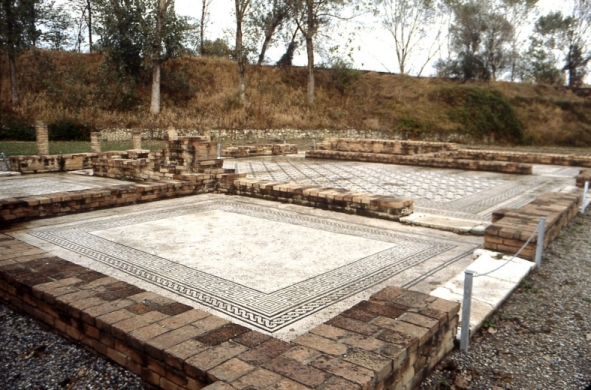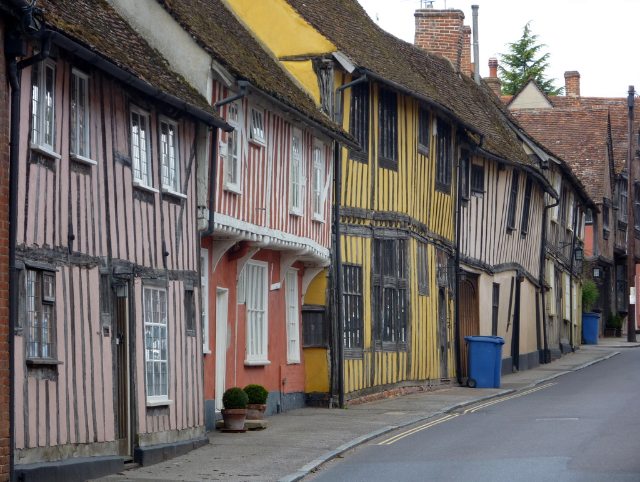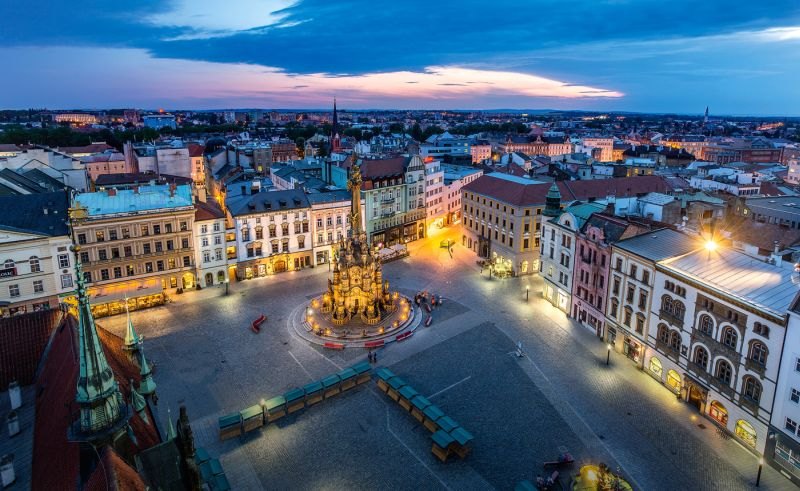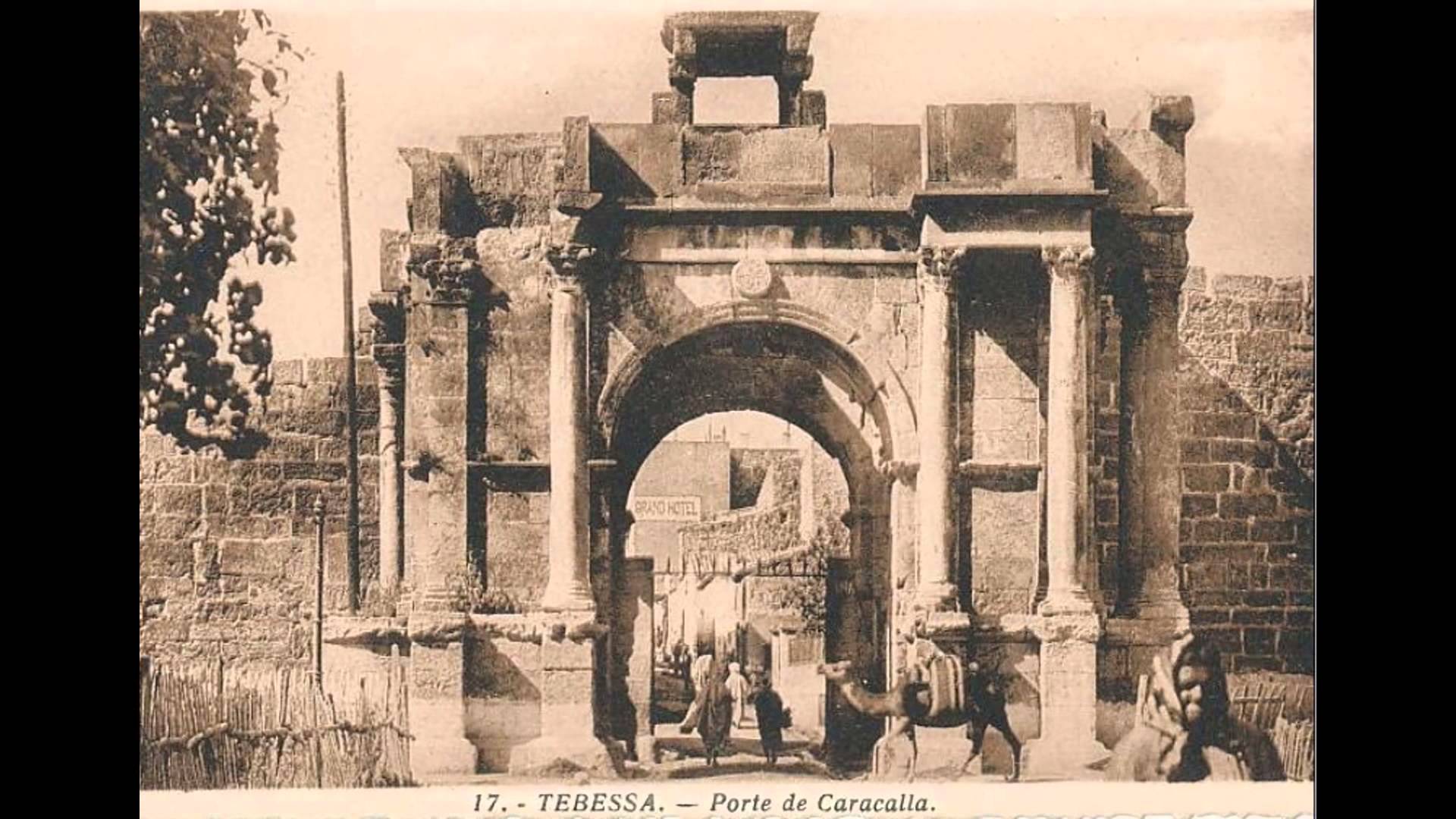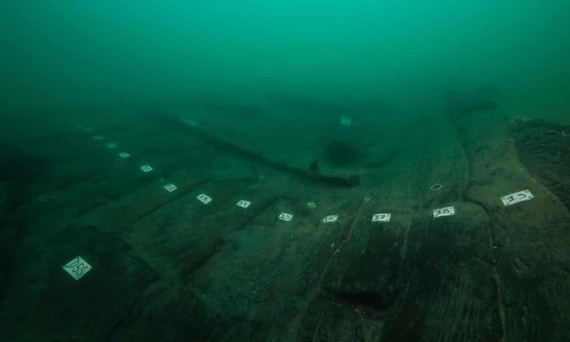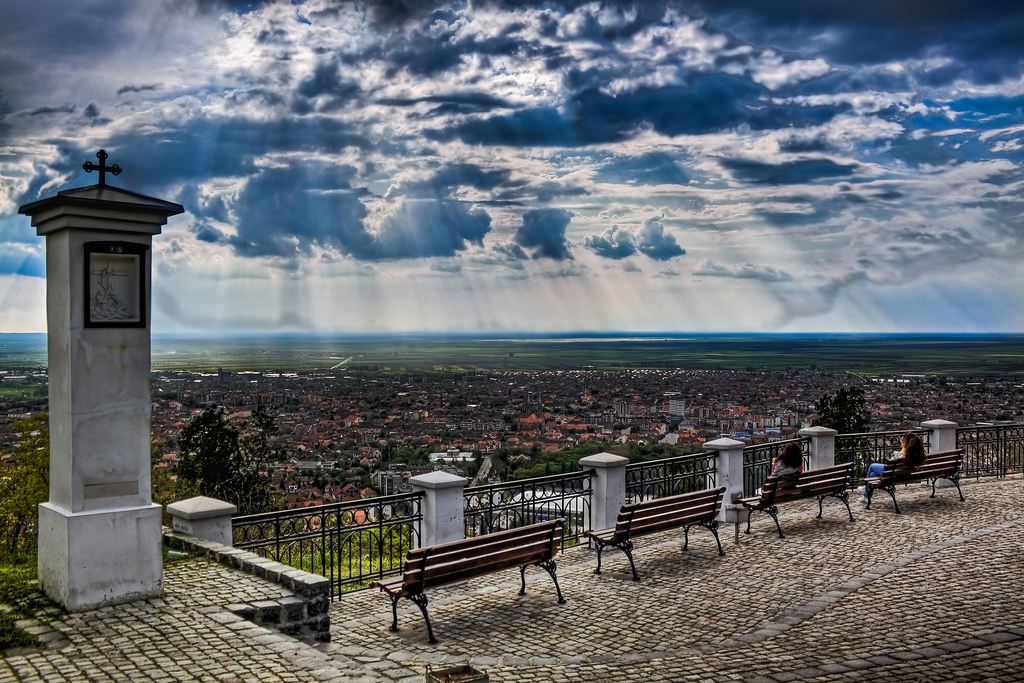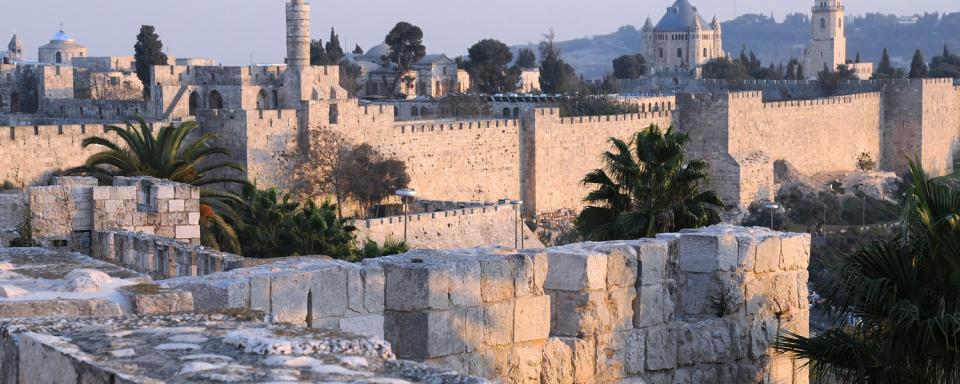The archaeological complex was identified at the end of the eighties of the last century following work on the aqueduct and was brought to light and restored in the course of several interventions, until 2007. The structures belong to a Roman villa rustica – of which only the eastern portion has been excavated, as the remaining part falls within the state property of the adjacent airport – built and restored in several stages, between the middle of the first century BC and the third century AD and finally destroyed by fire. The areas belonging both to the urban pars, the area destined to the residence of the dominus (the owner), and to the area dedicated to work activities, have been recognized. In the former case, the reception rooms overlook open spaces (a colonnaded portico, open onto the countryside or a garden, and a probable internal courtyard) and are characterized by the floor decoration with polychrome mosaics or black/white geometric patterns embellished with marble inlays (restored and visible in their original position), while in a room intended for resting one can recognize a suspensurae heating system (floor raised by brick columns that allowed the circulation of hot air provided by a separate boiler), which also served a large mosaic room for banquets. The rooms of the rustic sector, less spacious and elegant, are instead articulated around a large courtyard connecting with the urban pars, where the main activities of the villa took place, perhaps related to the processing of agricultural products.The characteristic that distinguishes the two parts is the different height at which they were built: the rooms intended for the dominus are in fact at a higher level, sheltered from any flooding of the river that once flowed a short distance away. The visiting route is equipped with a walkway that crosses the complex and allows you to appreciate the articulation of the villa and admire the mosaics of three of the most sumptuous rooms, restored and equipped with a roof. A panel with axonometric reconstructions illustrates the different building phases and the main characteristics of the structure.
